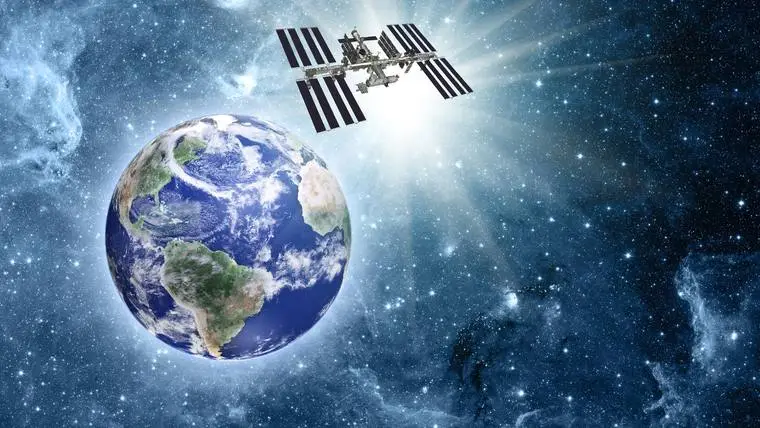Summary: Mayo Clinic researchers have discovered that stem cells grown in microgravity aboard the International Space Station possess unique qualities that could revolutionize medical treatments. Their analysis reveals that the weightless environment of space may provide better conditions for growing stem cells than Earth-based laboratories. This breakthrough could lead to new treatments for conditions ranging from stroke to cancer.
Journal: NPJ Microgravity, 2024
Reading time: 4 minutes
A Laboratory Among the Stars
The next breakthrough in medical treatment might not come from a traditional laboratory, but from experiments conducted 250 miles above Earth. Mayo Clinic researchers have found that the unique environment of space could hold the key to growing better stem cells for treating complex diseases.
“Studying stem cells in space has uncovered cell mechanisms that would otherwise be undetected or unknown within the presence of normal gravity,” says Dr. Abba Zubair, medical director for the Center for Regenerative Biotherapeutics at Mayo Clinic in Florida.
Why Space Makes a Difference
Growing enough stem cells for medical treatments has always been challenging on Earth. Adult stem cells are limited in number and difficult to multiply in traditional laboratory settings.
“The space environment offers an advantage to the growth of stem cells by providing a more natural three-dimensional state for their expansion, which closely resembles growth of cells in the human body. That’s in comparison to the two-dimensional culture environment available on Earth that is less likely to imitate human tissue,” explains Dr. Zubair.
Promising Discoveries Beyond Earth
The research team has already documented several promising findings. Stem cells grown in space have shown enhanced abilities to suppress immune responses and regenerate various types of tissue. They could potentially be used to create more accurate disease models for testing new treatments.
Challenges and Future Prospects
Despite the promising results, researchers face significant hurdles. Long-term exposure to microgravity and space radiation could potentially affect cell function and DNA. However, Dr. Zubair’s team found no evidence of cancer-causing chromosomal damage in space-cultured stem cells.
“The space research conducted so far is just a starting point. A broader perspective about stem cell applications is possible as research continues to explore the use of space to advance regenerative medicine,” writes Dr. Zubair.
Glossary
- Microgravity: A state of near weightlessness or zero gravity
- Stem cells: Special cells that can develop into different cell types and can self-renew
- Mesenchymal stem cells: Adult stem cells that secrete growth factors with healing potential
- Regenerative medicine: Treatment that replaces or regenerates human cells, tissues, or organs
Knowledge Check Quiz
- Question: What key advantage does space provide for growing stem cells?
Answer: A more natural three-dimensional growth environment that better resembles the human body - Question: What is one major challenge of growing stem cells on Earth?
Answer: The limited number of adult stem cells and difficulty in multiplying them - Question: What potential risk did researchers investigate with space-grown cells?
Answer: Whether chromosomal damage could trigger cancer - Question: What is one immediate potential use for space-cultured stem cells?
Answer: Growing tissue for disease modeling to test new therapies
Enjoy this story? Get our newsletter! https://scienceblog.substack.com/


